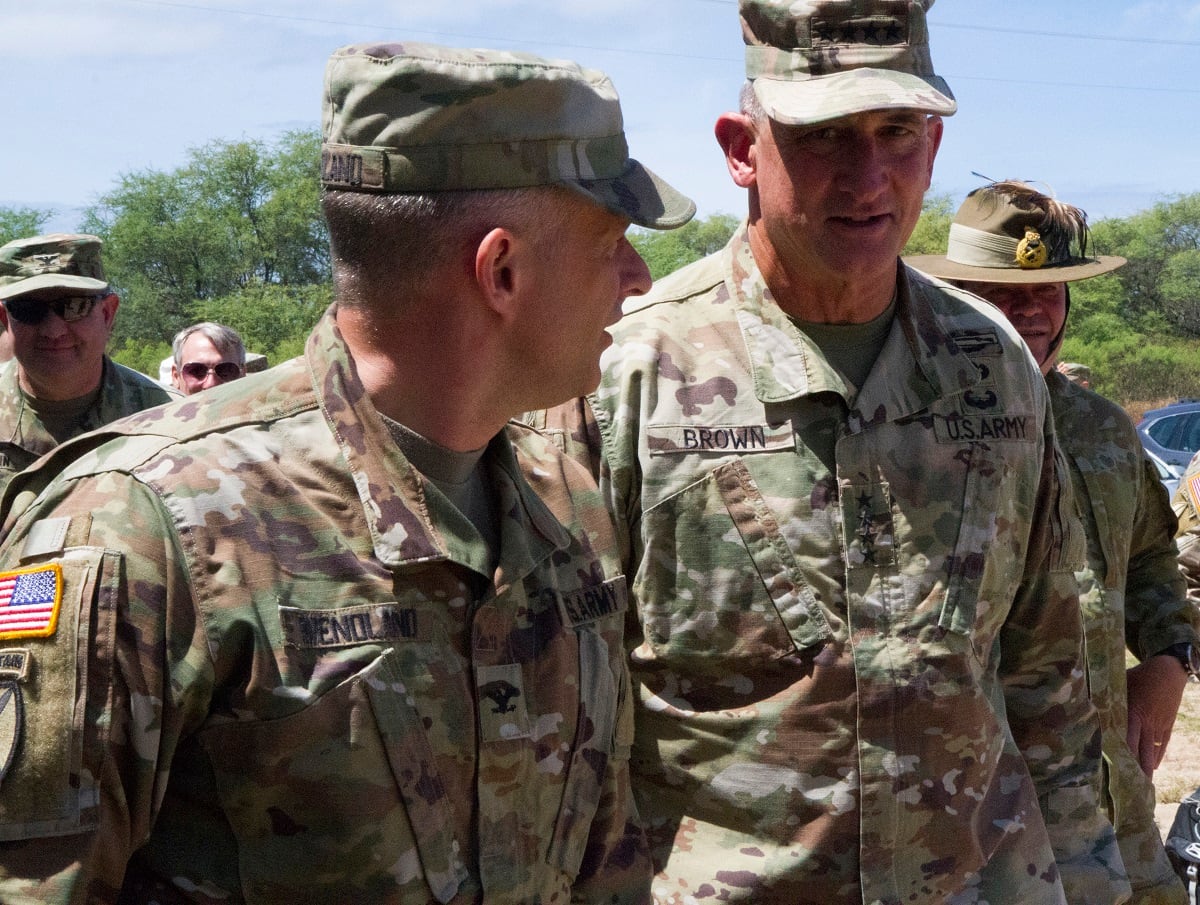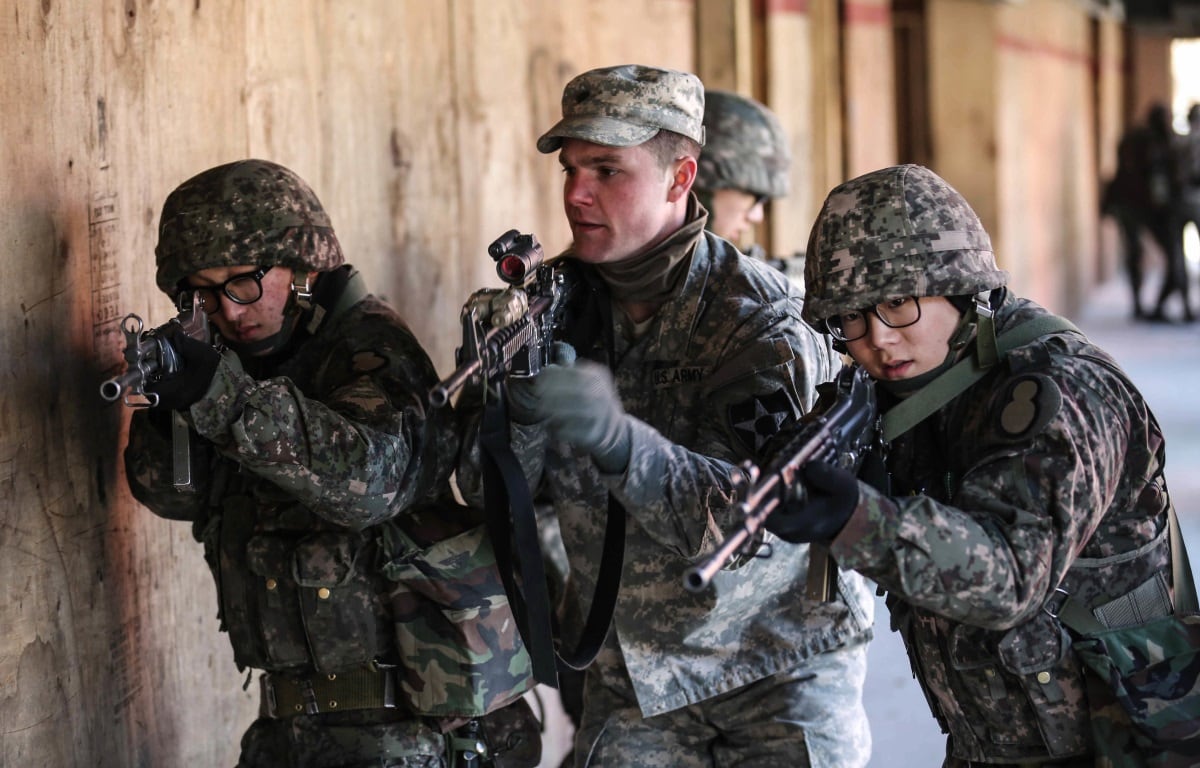In an era of “hyper competition,” the Army must be ready to respond if needed across the Indo-Pacific region, the commander of U.S. Army Pacific said.
“We see China in hyper competition through strategy. And that’s part of why we see the change from bilateral to multilateralism growing extensively,” Gen. Robert Brown said, adding that those extended partnerships between the U.S. and its allies are “growing because the problems are far more complex.”
“Our number one priority has got to be readiness,” he said. “We have that responsibility. We look for diplomatic solutions but we have to be ready if that doesn’t work.”
Brown, who has led Army Pacific since 2016, said the Army and Defense Department have greatly increased their focus on the vast Indo-Pacific region in recent years.
“I’ve never seen a greater momentum of effort,” he said. “When the rebalance to the Pacific started, most of the relationships were bilateral. Key leaders in partner nation armies would work individually with us. But its more and more multilateral.”
For more coverage from the AUSA annual meeting, click here.
That emphasis is critical, Brown said, in a region that’s home to 52 percent of the Earth’s surface and seven of the 10 largest armies in the world. The Pacific also is home to 24 of the world’s 36 megacities, cities with populations of 10 million or more people, he said.
“There’s incredible influence on world affairs,” he said.

The Pacific also sees four of the five threats outlined in the National Defense Strategy, Brown said — China, Russia, North Korea and violent extremist organizations.
“When you look strategically, it’s no more strategic than with the Indo-Pacific,” Brown said.
As he looks ahead, Brown said the U.S. continues to partner very closely with Australia and Japan, and “now we have the deliberate inclusion of India, which includes the Indian Ocean.”
“Even five years ago, 10 years ago, we did very little in the Indian Ocean,” he said. "We just didn’t have the number of forces in the Pacific."
Army Pacific also is looking to build on Multi-Domain Operations in the region.
“It’s an evolutionary concept with revolutionary impacts,” he said, citing as an example the recent Rim of the Pacific exercise.
Historically a Navy-centric exercise, the Army this year used RIMPAC to test its Multi-Domain Task Force concept and used combined fires — firing long-range artillery, air attacks and shore-based missiles — to sink the decommissioned USS Racine into the Pacific Ocean.
It was a first real-world test for the task force, and Brown expects the Army will continue to push its capabilities.
“We’ll do things in exercises we didn’t even dream of a few years ago,” he said.
Todd South has written about crime, courts, government and the military for multiple publications since 2004 and was named a 2014 Pulitzer finalist for a co-written project on witness intimidation. Todd is a Marine veteran of the Iraq War.




